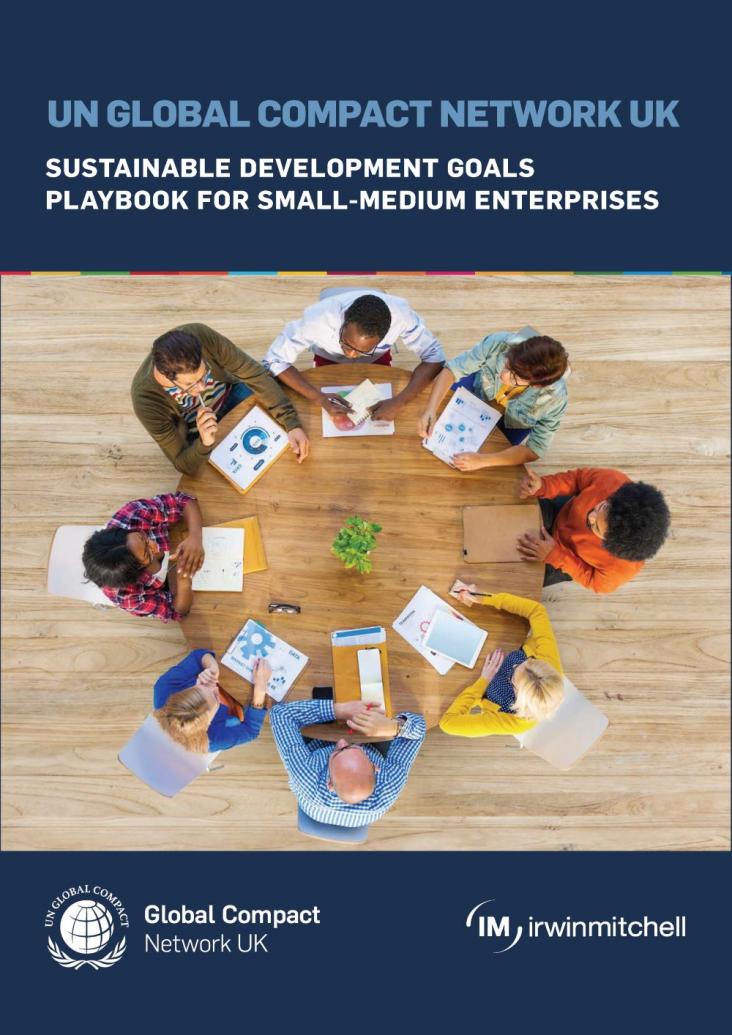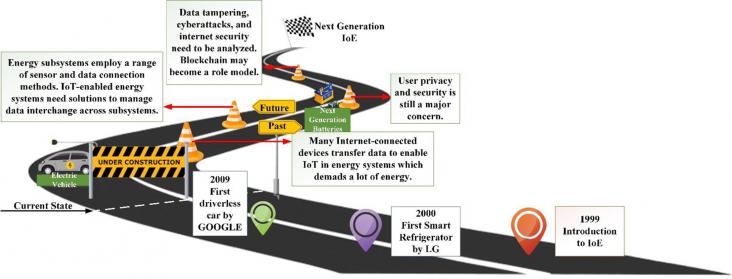The annual UN Climate Change Conference advances climate talks, mobilizes action, and can provide a significant opportunity to look at the impacts of climate change as well as innovation and solutions globally. Elsevier is pleased to highlight a large number of freely accessible journal articles and book chapters to help advance research and action against climate change, in support of COP28.
This chapter aligns with Goals 13 and 15 by providing a reminder of the wide range of essential ecological benefits of forests and of the many products and services humans derive from forests, and then summarize three hallmarks of healthy forests across ecosystems and conclude by leveraging what we know about forests in the past to propose five key principles for future forest management.
This chapter aligns with Goals 13 and 15 by reviewing the latest literature about plant–microbe and microbe–microbe interactions in coordinating the interlinked carbon, nutrient, and water cycles, and we estimate how these may respond to the key global change factors of CO2, temperature, and precipitation.

The UN Global Compact Network UK, in partnership with Irwin Mitchell, has developed the SDG Playbook for SMEs: a step-by-step guide to help smaller companies unlock the competitive advantages associated with embracing the Sustainable Development Goals.
This chapter advances the UN SDG goals 13 and 14 by reviewing the impact of habitat degradation on local biodiversity and species invasions, particularly in the context of climate change and shifting habitat ranges.
This article ties with climate action and reproductive medicine, as it is a reflexion on healthcare carbon footprint especially the IVF laboratories.
This paper provides the most recent and accurate quantitative and qualitative assessment of available water resources and demands in the GCC countries.

This article supports SDGs 9 and 11 by exploring the technological aspects of the Internet of Things, emphasizing blueprints, complexity, challenges, and future directions to improve performance, network security, and stability.
This article supports SDGs 7 and 13 by comparing the economy and carbon emissions of electrochemical energy storage (EES) and hydrogen energy storage (HES) in renewable energy storage, and it was found that lithium-ion batteries and certain HES routes perform best in LCOS and carbon emissions, supporting their use to achieve future decarbonization goals.
This article supports SDGs 7 & 13 by uncovering areas of consensus and disagreement between models and experts around the clean energy transition

